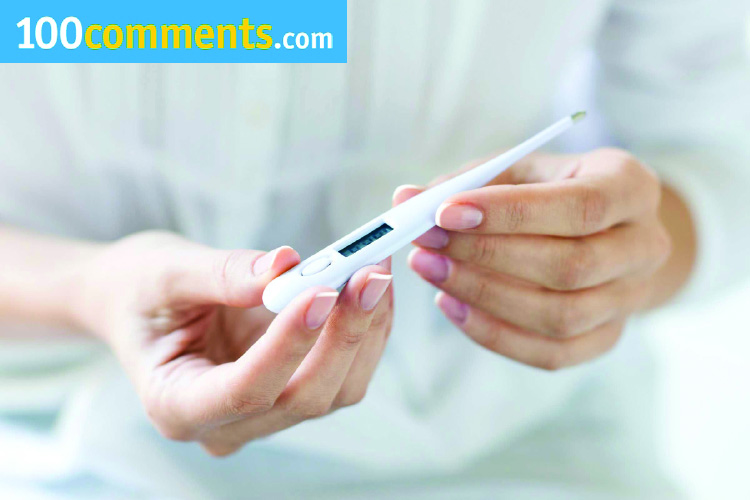If starting a family is not yet in a couple’s plans, then some family planning techniques are called for. While the use of conventional contraceptives are popular among women, not everyone is keen on them. For these women, more natural ways to avoid pregnancy are desired.
Natural family planning involves a sense of awareness and the ability to identify signs and symptoms of fertility during the menstrual cycle. That way, you can either attempt or avoid pregnancy.
Table of Contents
What happens during a menstrual cycle
A woman who has regular periods has established something called a menstrual cycle.
During your menstrual cycle:
• Eggs will be developed and one is released
• The mucous in the cervix changes to allow sperm to easily pass through the cervix to reach the egg
• The lining of the uterus thickens to prepare for pregnancy
• If the egg is not fertilised, you will not get pregnant and the uterus will shed its lining as your monthly flow
Each menstrual cycle is accompanied by the hormones oestrogen and progesterone – to keep you healthy and prepare your body for pregnancy each month. A typical cycle is around 28 days and although some women will have longer or shorter cycles, ovulation will normally happen around ten to 16 days before the start of your next period.
What you should know about your fertile period
The fertile period lasts eight to nine days in each menstrual cycle. This is because the egg lives up to 24 hours and sperm can live inside a woman’s body for up to seven days. This means that if you have sex seven days before ovulation, you may get pregnant.
How does natural family planning work?
Natural family planning works by paying close attention and recording your body’s different fertility indicators on each day of your menstrual cycle. After all indications are determined, a woman can time sexual intercourse to avoid or achieve pregnancy. Indications are as follows:
• Basal body temperature
Oestrogens and progesterone cause body temperatures to change throughout the menstrual cycle and rise slightly after you have ovulated. You can note these changes by recording your temperature every day to show you when your fertile time ends. You can use a centigrade digital thermometer and will need to take your temperature every morning before you get out of bed. This is called the basal body temperature and should be done at the same daily time and before food and drink.
The fertile time begins when you have recorded higher temperatures for three days in a row – women’s temperatures rise slightly during ovulation by 0.2 centigrade.
• Cervical mucous
The amount of hormones changes throughout the menstrual cycle and this alters the quantity and type of cervical mucous. After your period, the vulva will feel dry for a few days. After oestrogen levels rise, your body prepares for ovulation and the secretions will change in texture and increase in amount. At first, it will feel sticky, white and creamy. This is beginning of the fertile period. Just before ovulation, the secretions are clearer, wetter and slippery like raw egg whites. This is known as fertile mucous and is a sign that you are at your most fertile. After ovulation, the cervical secretions will return to being thick and sticky and after three days, you will no longer be fertile.
• The length of your menstrual cycle
You will have to keep a record of your last 12 cycles, find your shortest cycle and subtract 20 days to find your first fertile day. Calculating your cycle length is not the most reliable method so use a combination of all three indications above when planning to avoid a pregnancy.
Effectiveness and advantages of natural family planning
Whether or not natural family planning works would depend on the individual’s age, how often they have sex and if they’ve adhered to the proper steps.
Natural family planning is ninety nine percent effective but only when used accordingly. Hence, one must be familiar with the three fertility indicators mentioned before manipulating them to avoid a pregnancy.
It also does not involve chemical or physical contraceptives which in turn, eradicate related side-effects and cost. It will also keep you well-aware of normal and abnormal secretions. Hence, if something looks off, you will know for sure that it’s time to visit your gynaecologist.
Downsides
It will take at least three to six menstrual cycles to learn to practice it effectively. Along with this, you will also have to keep daily records.
Note that illnesses, lifestyle, travel and stress may compromise the interpretations of bodily indicators and jeopardise your efforts to avoid a pregnancy.
Natural family planning does not protect you against sexually transmitted diseases so regular tests may be necessary.
















